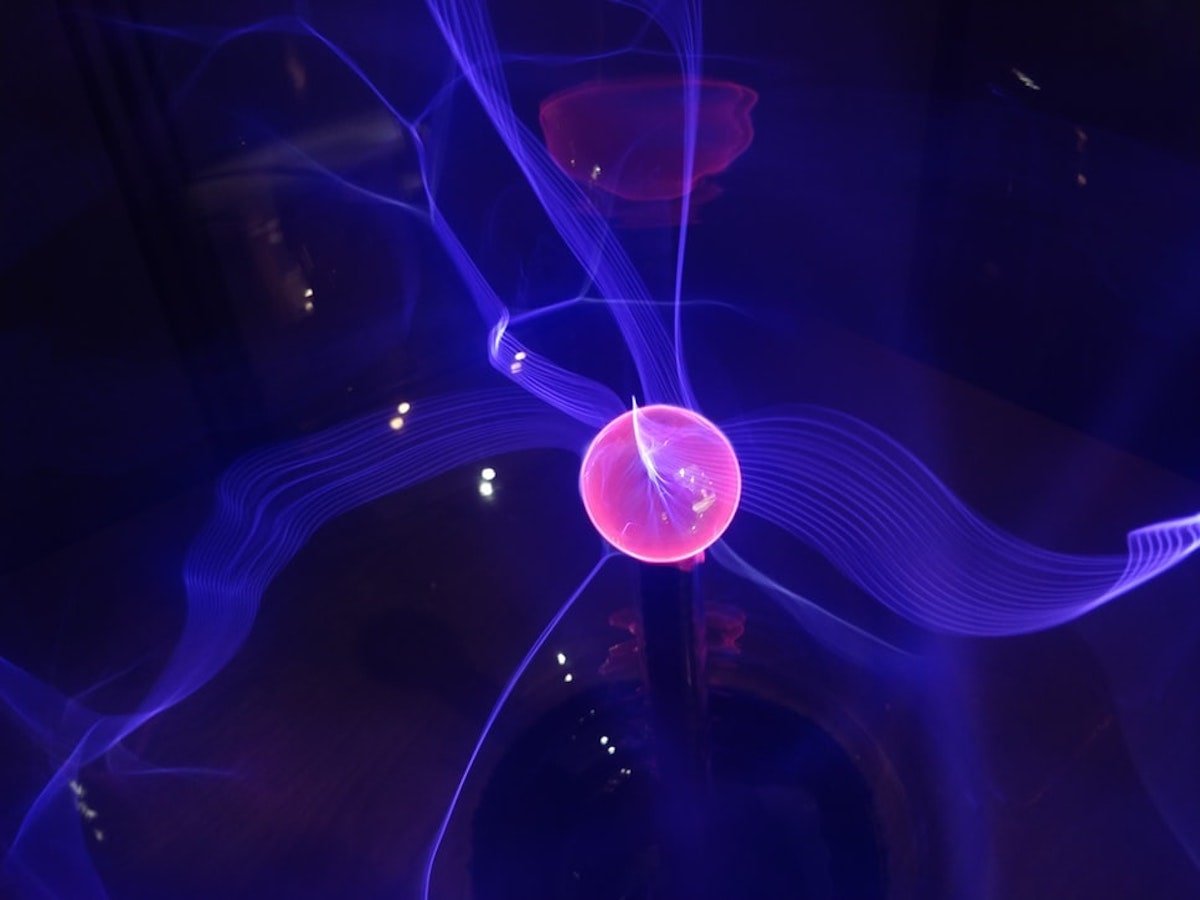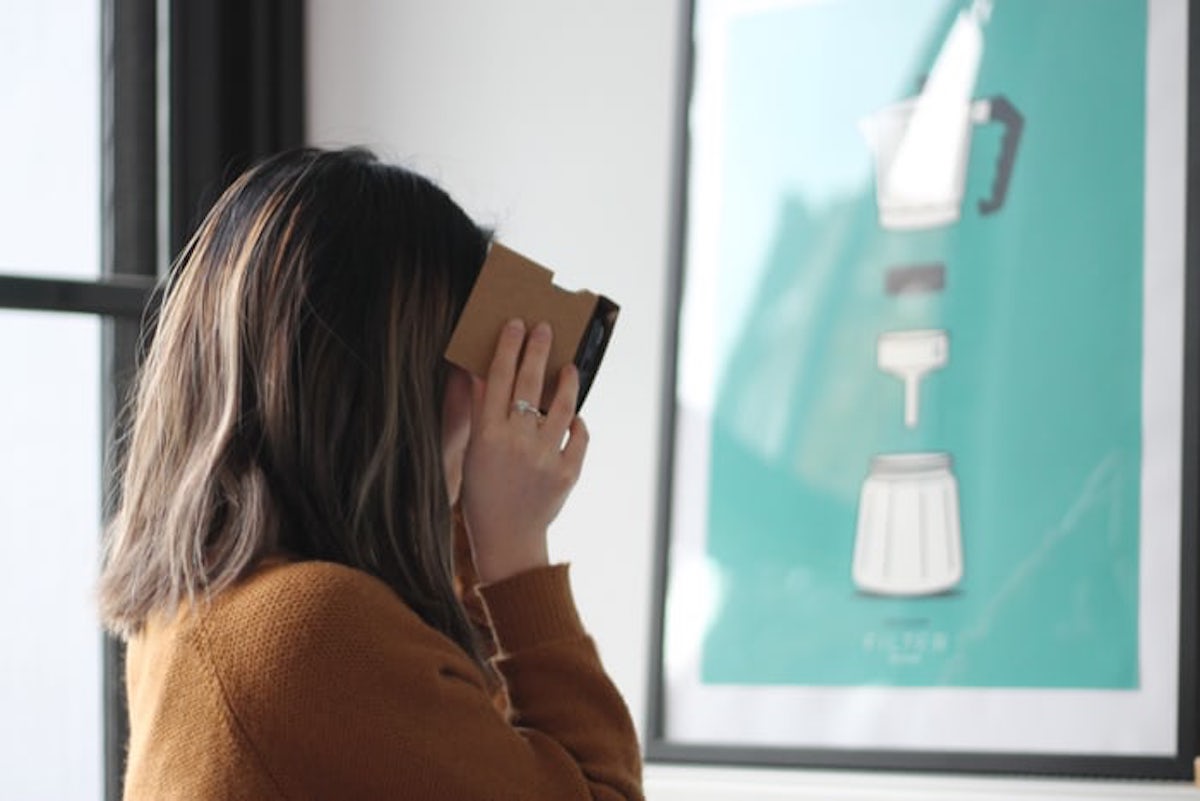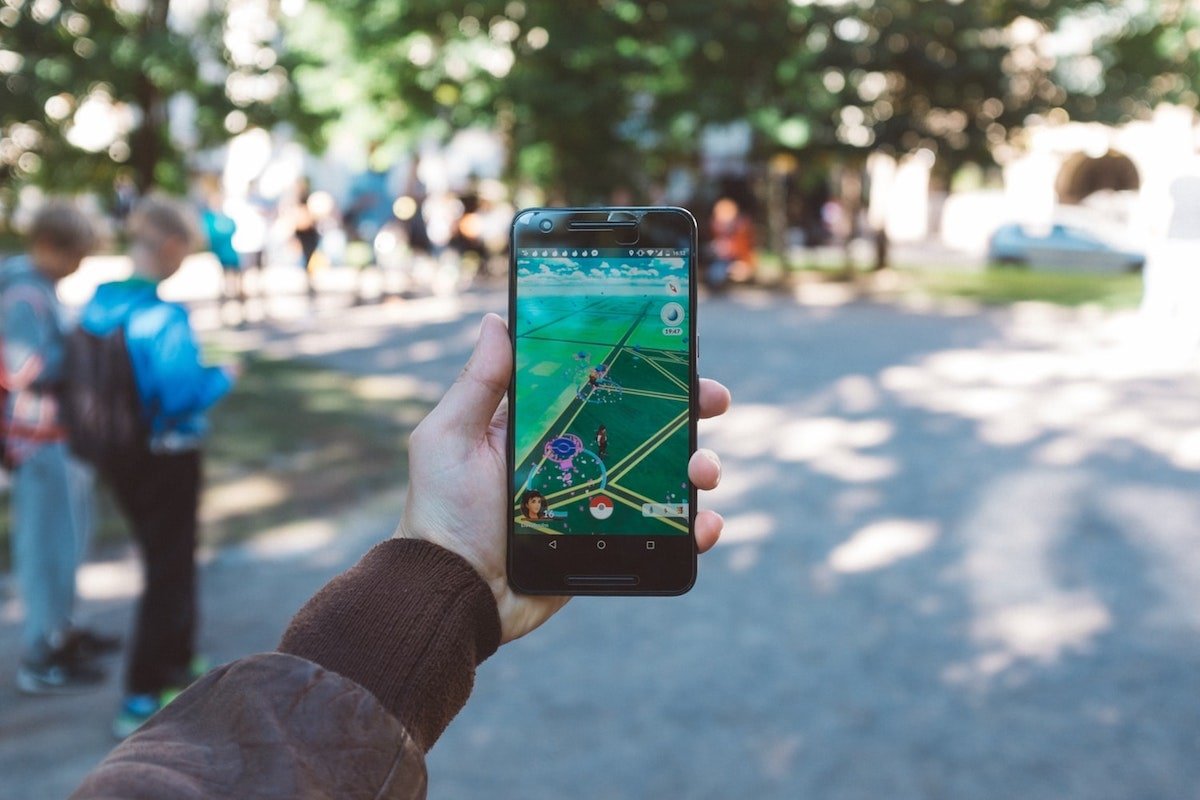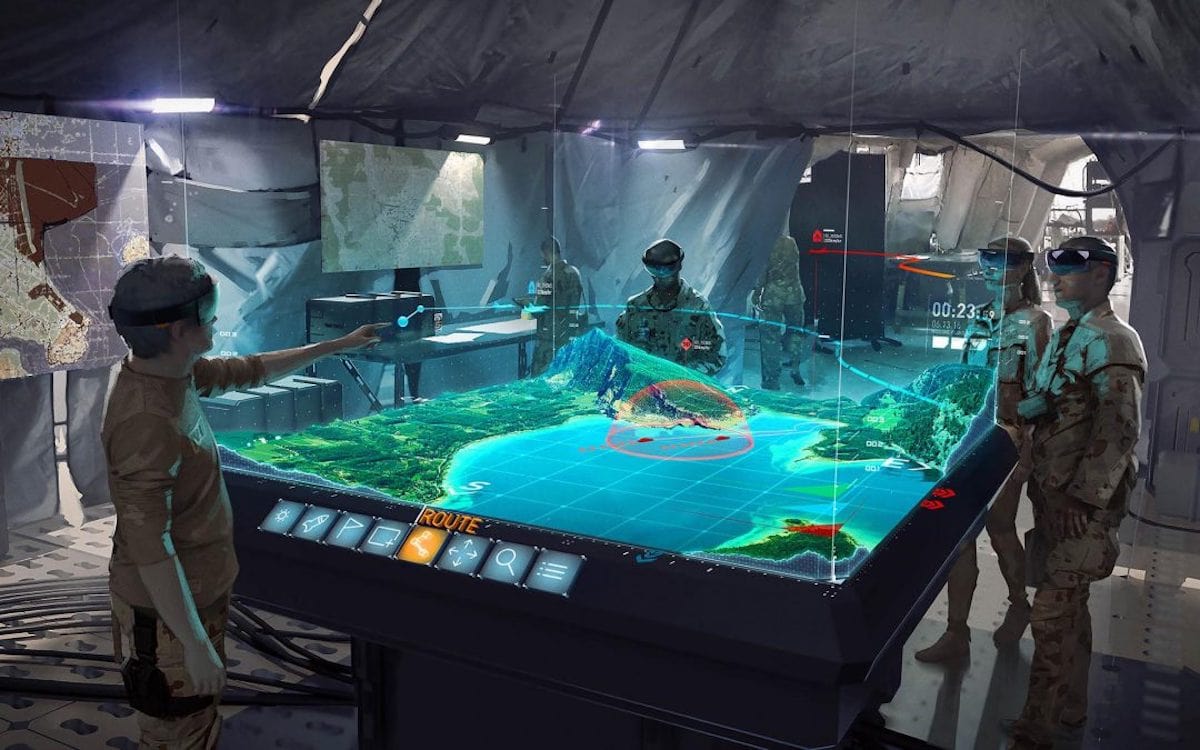There is no limit to what we can achieve with technology. With augmented reality, facial recognition, and the race to develop smart cities, there is no thinking what the next breakthrough will be. In our recent blog post, we explored how beneficial or detrimental technology can be. This time, we’ll be introducing some of the latest technology trends that have been the talk of the town recently.
5G Networks
 Source: Unsplash (Jack Sloop)
Source: Unsplash (Jack Sloop)
You’ve probably heard of 5G either because of the ongoing battle between the United States of America and China or simply because it comes after 3G and 4G. What is 5G and why is it so important?
5G is much more than simply being a faster version of 4G – up to 20 times! – with the Internet of Things already in existence, 5G is set to make it better than before by having higher data rates and preventing lags. It also enhances connectivity and efficiency across people and devices in virtually every industry. There will be a huge economic impact too, of course. In less than two decades, it will grow to trillions of dollars and support millions of jobs.
While it is not yet widely available to the public, here are some of 5G’s benefits:
- Low latency
- Increased speed and bandwidth
- Reduces power consumption
- Supports a density of up to 1,000,000 devices per sqm
Another benefit of 5G is better security, but this is highly debatable. We mentioned previously that there has been an ongoing battle between the United States and China. For those who aren’t aware, the countries are fighting to be the leading provider of 5G in the world. As 5G is more vulnerable to hacking than previous networks, this is especially worrying at a time when Chinese company Huawei – the largest telecoms equipment supplier in the world – was accused of espionage earlier this year.
What about Singapore, then? Just a few weeks ago, the Minister for Communications and Information S Iswaran revealed that at least half of Singapore will have 5G coverage by the end of 2022. Meanwhile, a Call for Proposal is open to the country’s four telcos (Singtel, StarHub, M1 and TPG Telecom) until January 2021; the results will be released in mid 2021.
Once 5G becomes readily available in the world, it will greatly affect our everyday lives in a myriad of aspects. Such feats include remote surgery, when a surgeon can conduct an operation on a patient without being in the same room, and fully autonomous vehicles, which brings us to the next point.
Self-driving or Autonomous Vehicles
 Source: Unsplash (Reinhart Julian)
Source: Unsplash (Reinhart Julian)
More commonly known as self-driving cars, autonomous vehicles have the ability to sense their environment and travel with minimal or no human input. However, fully autonomous vehicles is said to be impossible unless it utilises 5G. With 5G, the Internet of Things will be at its peak. Cars will be able to not only communicate with each other, but also with other devices located within the vicinity such as street lamps and even gas stations.
Nevertheless, self-driving cars are slowly being rolled out globally. In Singapore, the government has allowed for trials to take place on public roads in recent years. A*STAR was the first institute to have its self-driving vehicle to be approved for testing in 2015, and has even ferried prominent individuals such as Prime Minister Lee Hsien Loong and Singapore Minister for Foreign Affairs Vivian Balakrishnan.
As Singapore continues to develop under its Smart Nation initiative, several organisations such as Nanyang Technological University and ST Engineering (in collaboration with Gardens by the Bay) have begun testing their self-driving cars. It was also revealed last month that public roads in Western Singapore will be used for trials , so keep a lookout when you’re in the area!
Quantum Computer
 Source: Unsplash (Fractal Hassan)
Source: Unsplash (Fractal Hassan)
If you’ve been keeping up with the news, you’d have read that a team of scientists have built a quantum computer that can perform quantum calculations in under four minutes. For reference, a classical supercomputer – a computer with a high level of performance – will take about 10,000 years to perform the same task.
What is a quantum computer in the first place? As its name suggests, it employs the principles of quantum physics. It takes uses specific quantum physics properties of atoms or nuclei that allow them to work together as quantum bits (also known as qubits) to be the computer’s memory and processor. These qubits, isolated from the external environment, interact with each other and are able to perform calculations exponentially faster than normal computers.
Quantum computing is ideally used for tasks such as cryptography and indexing large databases, as compared to simple ones such as emailing. Quantum computers will hopefully one day lead to advancements in many fields such as medicine, artificial intelligence, and materials science.
For your viewing and understanding, we find this video on quantum computing entertaining and educational: https://www.youtube.com/watch?v=OWJCfOvochA&t=934s
Extended Reality (XR)
Extended reality, also known as XR, may sound a little familiar even if this is your first time hearing about it. If it made you think of virtual reality, augmented reality, or mixed reality you’re on the right track. XR is the umbrella term for these immersive technologies and any similar technology that has yet to be invented.
Virtual Reality (VR)
 Source: Unsplash (Matthew Kwong)
Source: Unsplash (Matthew Kwong)
VR engages users in a fully immersive experience where using a headset or display, they are “shut out” from reality. Through this experience, they can get a 360-degree view of a virtual world as their deceives them into thinking or allows them to imagine that they are in a particular environment. VR has gained popularity because of the gaming industry – even spurring the establishment of several VR arcades in Singapore! However, VR is also extremely useful as it is used in industries such as medical training for doctors in healthcare.
Augmented Reality (AR)
 Source: Unsplash (David Grandmougin)
Source: Unsplash (David Grandmougin)
AR differs from VR in that users are able to experience a mix of real life and virtual information. There is an overlay of content on the real-world environment, but the digital data does not respond to this environment. Perhaps you’ve seen this already through the popular game Pokémon Go!
Mixed Reality (MR)
 Source: new.whatmobile.net
Source: new.whatmobile.net
MR is the latest immersive technology and requires an MR headset. Somewhat combination of AR and VR, objects in both the digital and real-word are able to co-exist and interact with each other. Check out Microsoft’s Hololens to take a peek into this up and coming technology.
With many technology trends emerging each year, there is no limit to what the human race can achieve. Whether it is for better or worse, it is always fascinating to know what we are capable of. What do you think is going to be the next technology trend?






